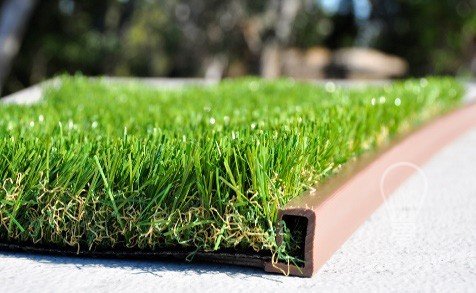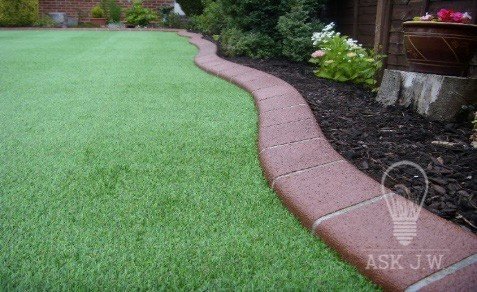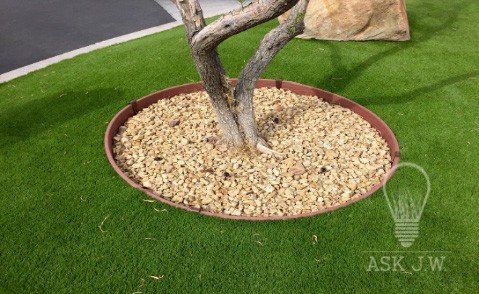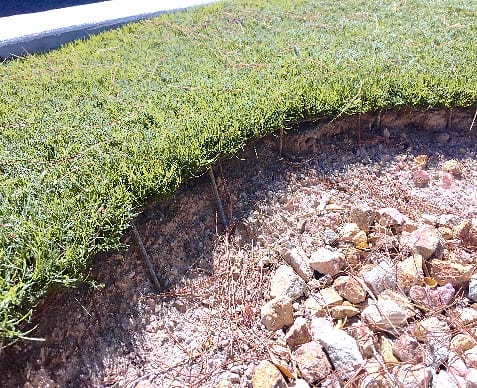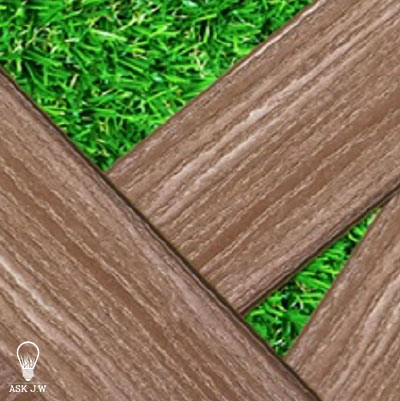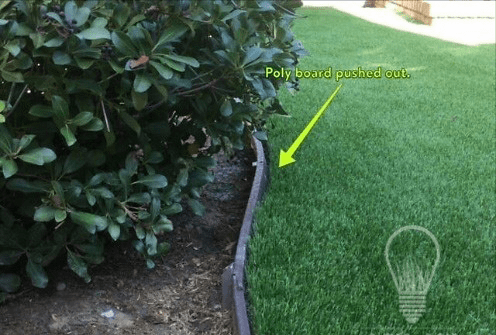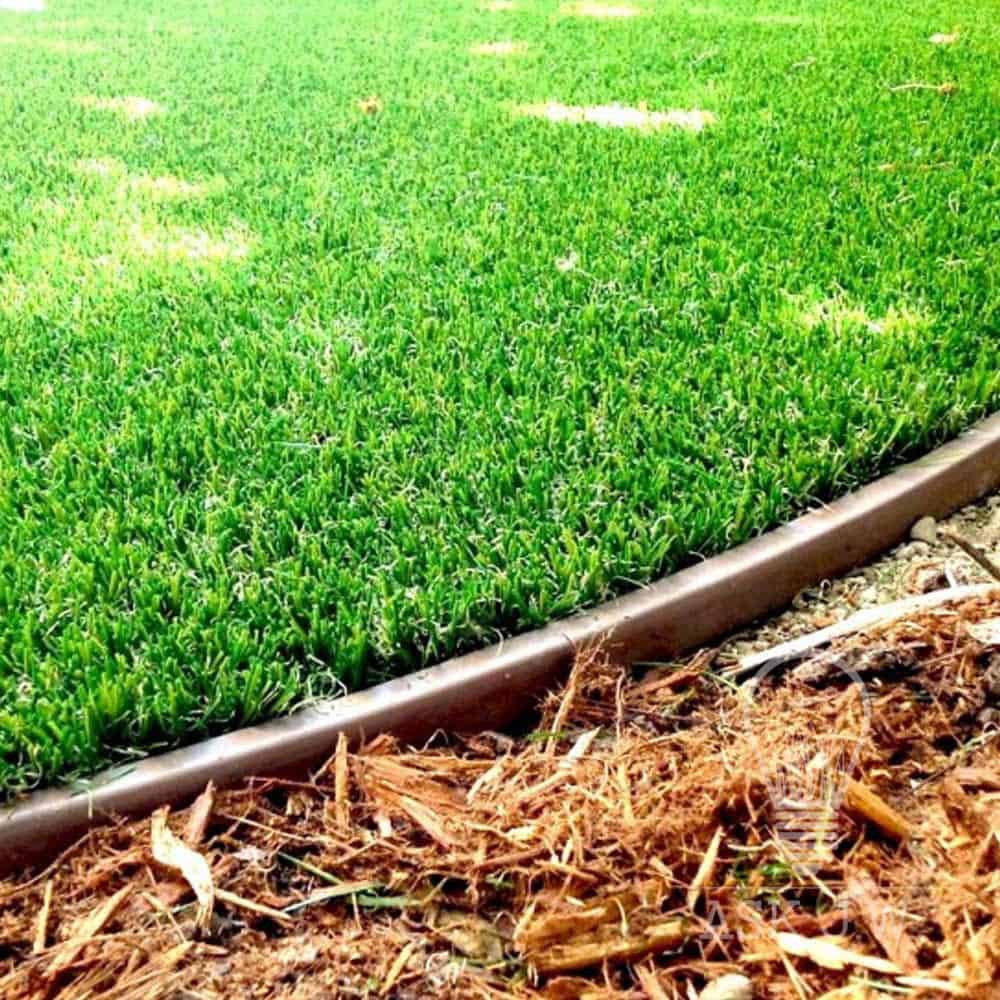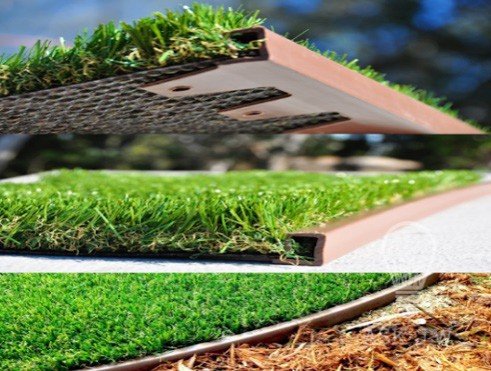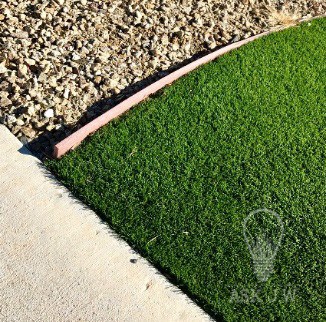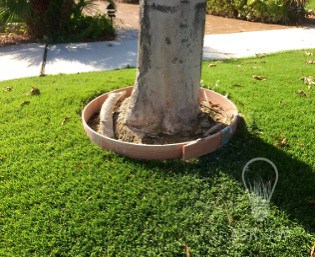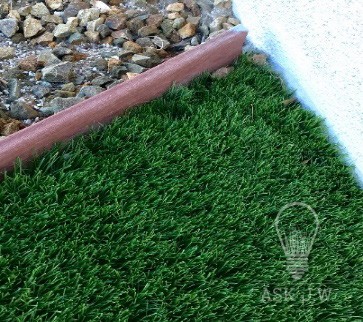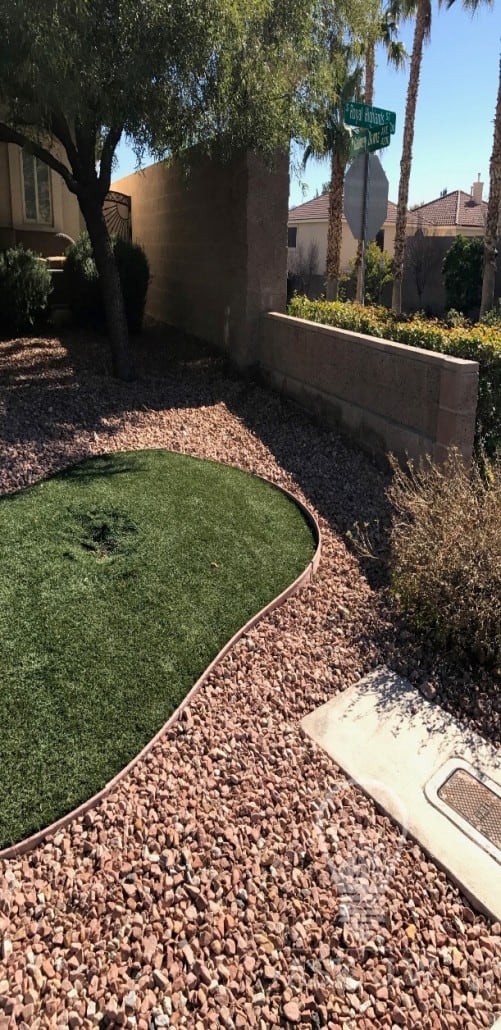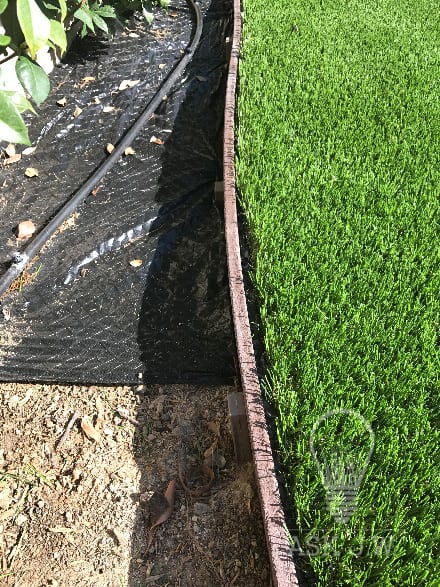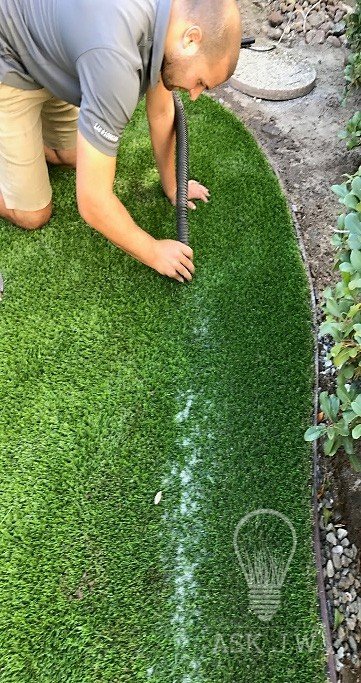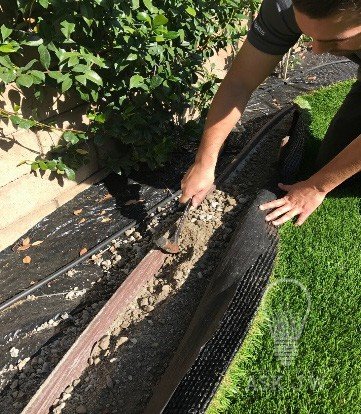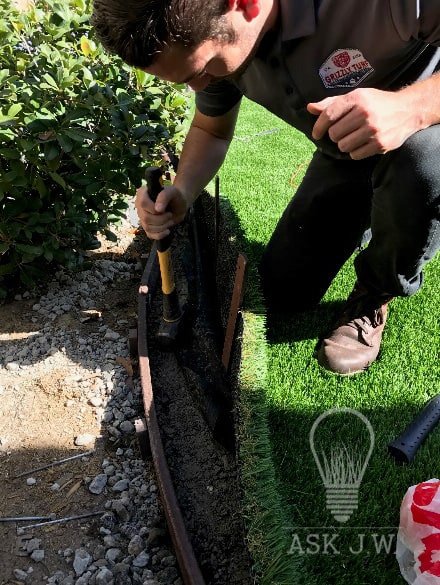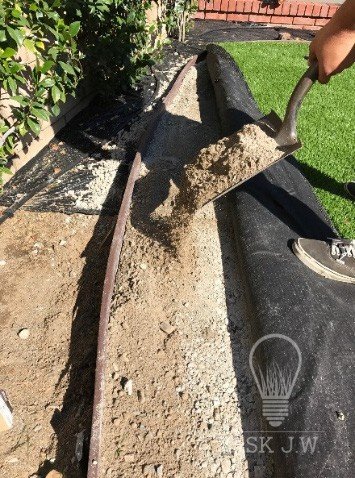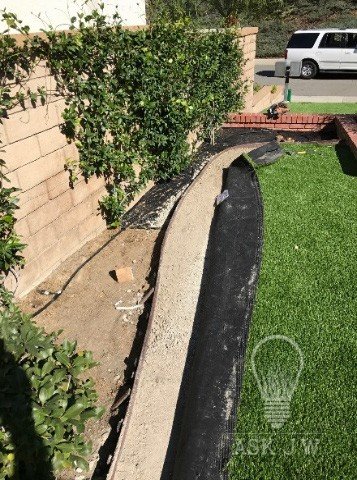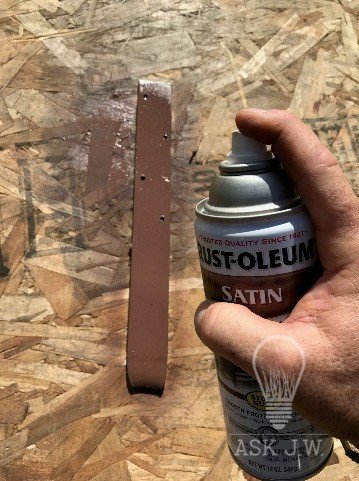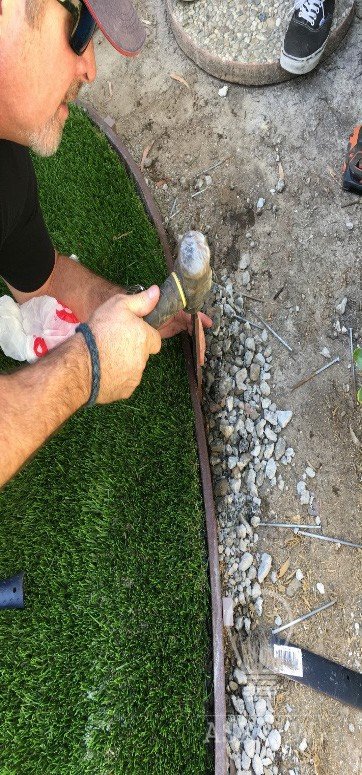“Do you want to have an EDGE over your competition”? JW
The two most crucial steps in becoming a successful synthetic turf contractor is the perfection of Seams and Exterior Edges. If the exterior edging of the synthetic turf is not installed and secured properly, the integrity of base materials and sub grade soils will erode allowing the edge of the synthetic turf to sink leaving a depression. This will also allow the exterior nails, spikes or staples to come loose which can be costly to repair.
This month Ask JW will teach you why exterior edging is a vital step in securing and beautifying your synthetic turf installation.
There are many choices when it comes to placing edging at the perimeter of your synthetic turf project. The choices arrange from plastic, stone, wood, concrete, metal, pavers, and custom edging products like SGW Polyboard and Wonder Edge. Whatever choice you make, the synthetic turf must be installed at proper elevations to the edging to complete the beauty of the project. There is nothing worse than placing a quality turf and sabotage its beauty by poorly constructed edging.
If synthetic turf and its base materials are not contained, integrity of sub grade soils will erode and will allow the exterior nails, spikes or staples to come loose.
Polyboard edging has become the favorite for synthetic turf contractors. It is fast, economical and when installed correctly will last years to come. Polyboard is superior to other lawn edging products because of its durability. It looks like redwood, but performs like plastic. Polyboard can be bent and curved to fit all your landscaping needs.
Securing the Polyboard edging is critical. When installing plastic edging, it is very important to acknowledge compaction of the base materials. When you are staking your plastic edging into soft soils, you are taking the chance of the edging coming loose allowing the subgrade materials to loosen and cause the edging to push out leaving a gap between the edging and the synthetic turf.
Depending on the length of the Polyboard edging, I recommend staking every 16 inches. You may need to place more stakes if the edging will have multiple curves.
When the Polyboard edging is in place it is important to backfill the areas behind the edging to ensure no future movement.
SGW Wonder Edge was designed for synthetic turf. It is my favorite choice for quick economical edging. When grading the synthetic turf area you must grade and compact the base materials past the turf edge line. This will allow for a flat surface for the Wonder Edge to lay when securing. After the installer compacts the base materials, secure the Wonder Edge to the desired position and then simply nail the turf to the product. Wonder Edge allows the installer to tuck the edge of the turf within the Wonder Edge’s borders.
Don’t be This Guy
Making repairs to exterior polyboard edging.
When making repairs for loose, pushed out polyboard edging take a shop vacuum and remove the infill approximately 2 foot away from the edge. This will prevent the infill ramping up when you fold the turf back to make the repair.
Take a claw hammer and excavate the loose materials at the edging.
Using a sledge hammer or something similar, hand compact the loosened materials until they are compacted tight. This will leave a depression that you will need to fill on your next step.
Place base materials in the depressed areas and again, compact till the entire surface is hard and stable.
Once the compaction is complete, fine grade and compact the surface to an equal elevation to the entire polyboard edging. This will allow the synthetic turf to lay flat.
If you are having an issue with securing the edge with plastic stakes, I recommend purchasing longer flat steel stakes and painting them the same color as the polyboard. When the elevation of the entire area is higher than the planters, using longer steel stakes will do the job.
Drive them into the ground until the edging is strong and secure.
When the edging is secure and in place, trim any synthetic turf that has creeped over the polyboard edging. Secure the turf with nails or staples.
After all the turf is cut and put back into place, backfill the backside of the edging to ensure its stability.
When considering edging for your synthetic turf project, your crews need to understand the stability of the edging is crucial. Water run-off and heavy rainfall will cause the soils to shift over time. Plan ahead and make sure you never get call backs for shifting edges. “JW”
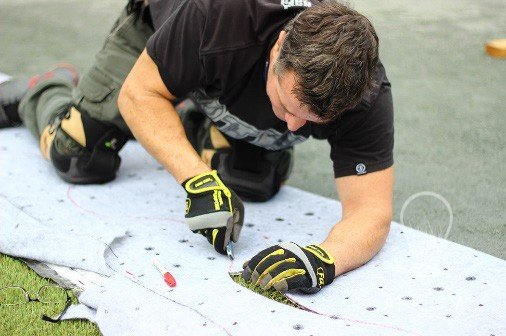
Stay tuned for next months “Ask J.W.” column
For more information contact J.W. askjw@sgwcorp.com or call 888.846.3598
Other Topics:

About SGW
Learn more about SGW

Certifications
IPEMA, Lead-Free, and CAD Details
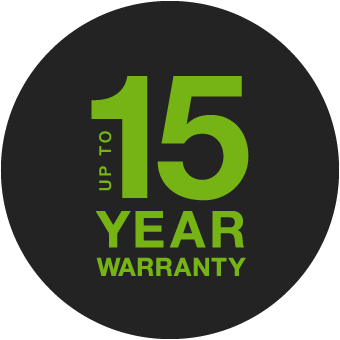
Warranties
Our Industry Leading Warranties

Ask an expert
See if we’ve answered your questions

Media
Our tried and true steps for installation

Blog
Learn about our turf in depth
Here to help
Our Commitment
We are committed to providing the best artificial turf products at competitive prices. Our warehouse carries the most advanced synthetic grass products available, engineered to look and feel like real grass. Every turf product is made with high quality materials that are safe for everyone, especially children and pets.

Industry Leaders
SGW San Diego has always stood out among competitors, offering new products with the latest technology.

Service Oriented
The only thing better than our grass is our customer service. Our staff is committed to providing the best experience possible for our clients.

Quality Driven
At SGW San Diego we only offer products that maintains a high standard of quality. Backed by up to a 15 year warranty, the best in the industry.


